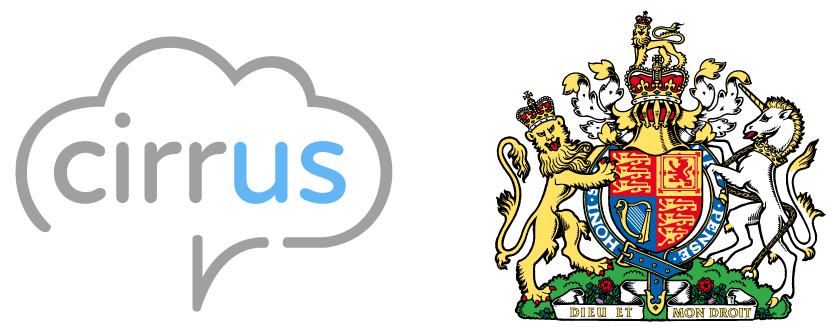We all know first-hand the ramifications of bad customer experience. For the consumer, it can cause untold levels of frustration and disappointment; for a business, it can bring its reputation crumbling to the ground.
It’s unsurprising, therefore, that customer experience has become a key point of competition among businesses today. The appeal is simple to understand – consumers increasingly want their relationships and interactions with brands to be memorable and experiential.
According to PwC, nearly three in four customers (73%) point to experience as a key factor influencing their purchasing decisions, with many willing to pay more for greater convenience (43%) and a more friendly, welcoming experience (42%). Further, Gartner reveals that customer experience drives more than 60% of brand loyalty – outdoing price and product combined.
To capitalise, companies are placing the consumer at the forefront of every business decision to develop effective customer experience strategies, optimise consumer interactions and drive business outcomes.
Much of this comes down to changing expectations. Where customers historically focused on basic requirements such as quality service and fair pricing, today’s purchasers have more complex demands, such as personalised interactions and connected experiences across digital channels.
The Cirrus team has pooled its collective insights and defined the three critical trends currently shaping the CX landscape.
It’s all about the omni-channel experience
An omni-channel customer experience is among the top CX trends. According to RWS, 90 per cent of consumers expect consistent interactions with a brand across devices and channels.
Multi-channel communication is a model that’s gathering momentum as customer expectations continue to change. By adopting an omni-channel approach, customer service agents can communicate with consumers through a range of different mediums – be it social media, video, chat, voice or email.
Not only does omni-channel provide the customer with greater convenience, enabling them to contact companies in the manner that suits them best, but it also ensures all records of conversations can be accessed seamlessly via a plethora of different channels.
Contact centre as a service (CCaaS) solutions facilitate a true omni-channel experience, helping to improve the management of interactions via a single, centralised, easy-to-use platform. Empowering agents is vital. If representatives are properly supported with such solutions, their customer service delivery will naturally improve.
Accessing deeper layers of CX with analytics
Regardless of channel, all customer interactions generate key insights which can be used to enhance the overall customer experience strategy. However, the issue for many contact centres is that they simply do not have the time or resources to spend hours manually reviewing engagement records to identify trends and areas for improvement.
This is where contact centre quality analytics comes in. With the support of quality analytics, teams can tap into the data residing within conversations, enabling agents and their managers to learn from engagements in real-time, and providing the foundations from which operational processes and CX performance can be enhanced.
Without data analytics, supervisors can only monitor and review a fraction of agents’ calls due to capacity constraints and workplace practices, making it hard for them to come to a fair assessment.
By embracing quality analytics, supervisors can view a report of 100% of all customer engagements across specific timeframes, enabling them to better assess agent performance and develop tailored training programmes.
Bring it all back to ROI
Demonstrating the return on investment of CX has been a longstanding challenge for contact centres. So, what’s the solution?
One of the biggest pressure points for contact centres is productivity and efficiency, and the impact this has on the business bottom line. This is therefore a good place to start when measuring ROI.
The best way to understand the business impact is to break it down: One contact centre. 10 agents. Eight hours. 1000 customer contacts.
To get through every enquiry, all 10 agents would need to manage 100 contacts a day, and with each interaction lasting on average five minutes, that equates to their entire working day – and then some!
It’s easy to see how agents quickly become overwhelmed, when the entirety of their time is spend handling queries with little to no space for additional responsibilities on the admin and reporting side, for example.
However, as soon as we introduce an omni-channel solution that reduces the average handle time by 30%, the entire situation changes. Immediately, the average time drops to 1.5 minutes, and the overall time saved per day is 1500 minutes for 1000 contacts.
That’s 25 hours of time saved per day.
From a financial standpoint, the impact is substantial. Say the hourly wage of your agents is £10 per hour; the monetary value of the time savings would be £250 per day. Assuming an average annual salary of £20,000 per agent, this would result in a cost savings of £50,000 per year which could be used on training and development.
Quantifying the ROI of CX initiatives gives organisations a better understanding of the financial impact their CX strategy has on operations, and helps them make data-driven decisions that not only affect that CX function, but also the wider business.
Customer experience can make or break an organisation. With it being such a business-critical function, companies must ensure they treat it as such.
- Jason Roos, CEO, explains why some companies excel in customer experience. Read the article here.
- Discover the three CX trends your customers want.




